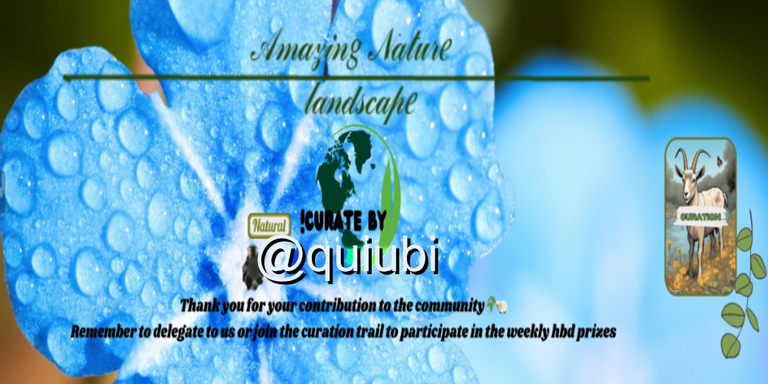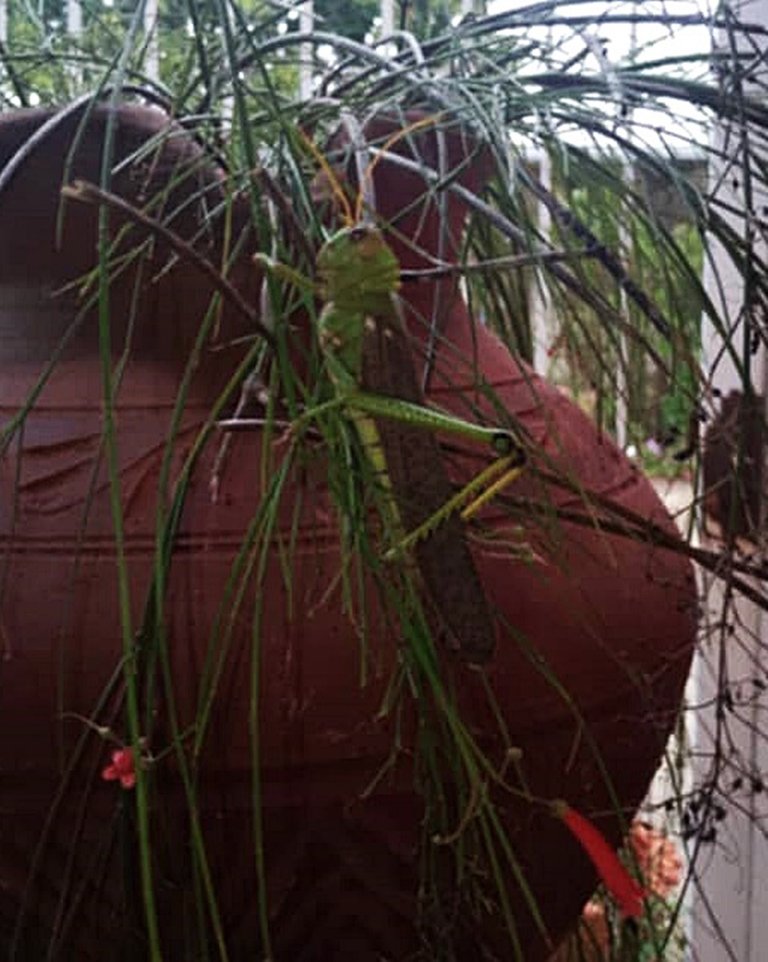
Hello everyone, very good morning. Today I want to talk to you about an insect that lives in the fields of the llanera region. When someone mentioned the lobster, my mind went directly to the well-known sea lobster, but about 30 years ago, I had the opportunity to meet another type of lobster of the more than 5,000 types of lobsters that exist on the planet, according to what I have researched on the web.
I lived in an oil field, and around the houses there were only farms, many plantations, and typical plain vegetation. There was a deforestation of the fields surrounding the residential area, and the next morning, our gardens were covered with insects as big as a hand, and orange and black... honestly, they caused terror just seeing them through the glass windows, imagine feeling them flying near us.
In the company there were environmentalists who were in charge of solving these cases, and they had to work on the problem because it was an invasion of flying locusts and they were killing all the surrounding vegetation. It was one of those many species that live in the fields, and reproduce massively every so often, becoming a migratory pest, destroying entire plantations in a short time.
After that almost direct contact with a flying locust, I had the opportunity to look at another one almost up close, and I say almost, since the petrifying sensation that their big eyes inspire, does not allow us to get any closer. As they see us move, their wings tremble, I must assume that they are waiting to attack or escape, it is unpredictable what they may try to do even though according to their descriptive records, they are said to be harmless and only devour vegetation.
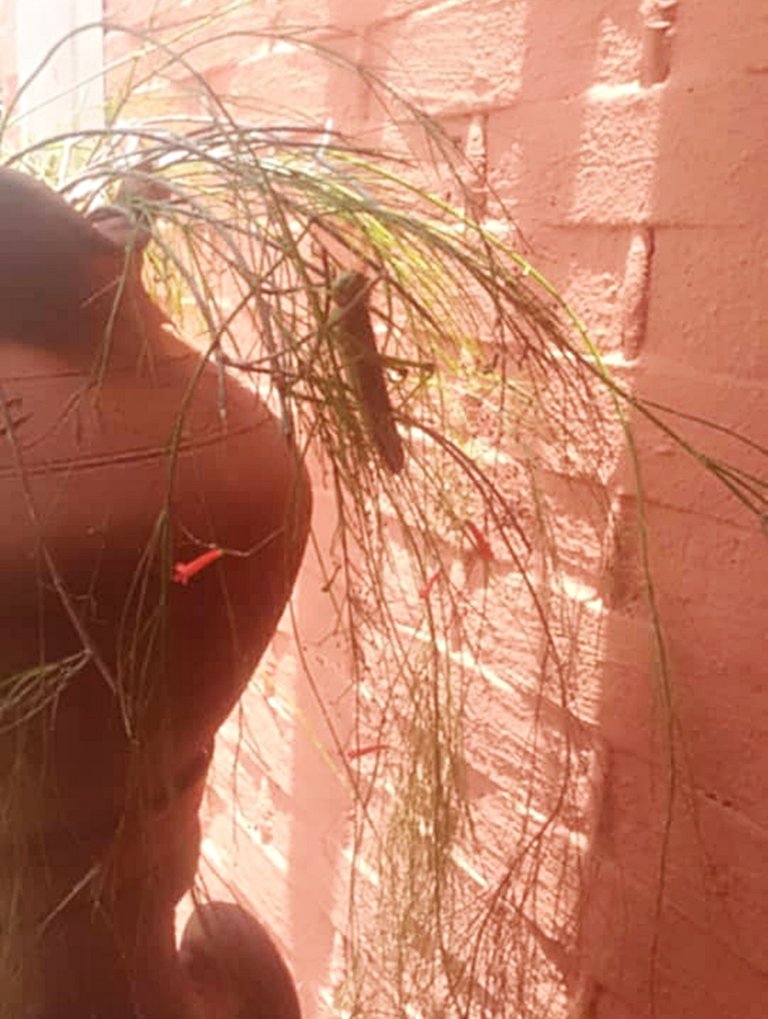
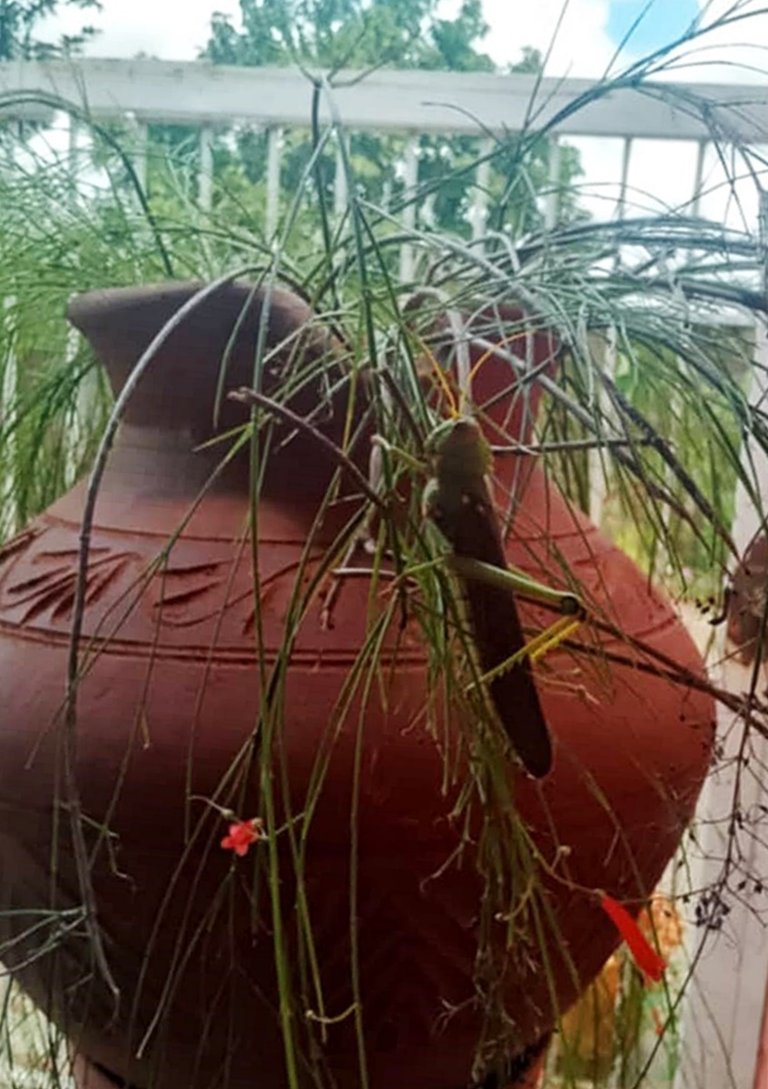
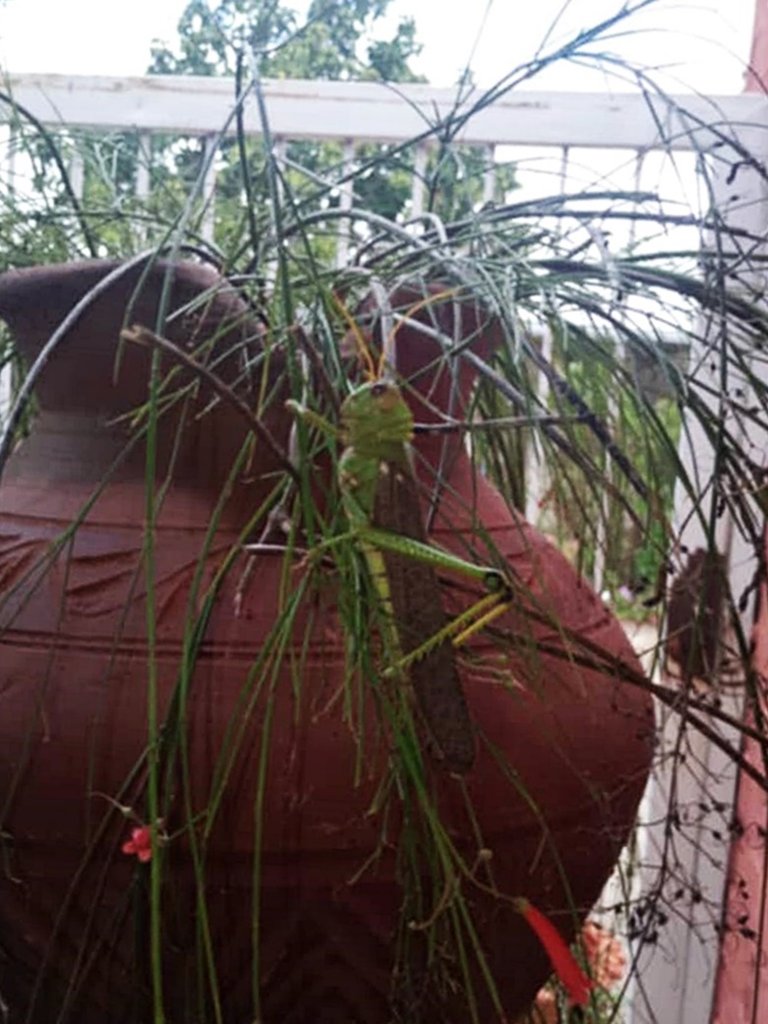
This species that you see in the photographs, is a flying locust, typical of the plains region, is greenish brown, nothing to do with that species of orange with black color that froze the blood. But this one is also of great size, its big black eyes that are on each side of its head, cause me a slight shiver. It was resting in the branches of this plant at a friend's house. The reaction when I saw it, was screaming, hahaha, that's how its presence disturbs us, it is inevitable, although it is still an interesting species to know.
She tells me that she had not seen them in her garden for a long time, since years ago her husband had to remove them from the plantation they have in the backyard, because they were devouring all the fruit and medicinal plants. This means that the presence of this visitor in their garden may be a warning that there are more flying locusts in the area.
We were able to take some pictures of it, but this is as close as we got, and if we zoomed in any closer, it was blurry. I think we did a good job, at least to be able to show you her appearance, color and size. This visitor was alone, but the fact that they had some time without appearing indicates that their companions must be nearby and will soon make an appearance. I hope not, because my friend lives near my house, and I would not want to find one of these visitors in my garden, I do not want to repeat that experience.
I hope you liked this post, thank you very much for visiting my blog. Happy Labor Day.

INFORMATION SOURCE
List of pests - Flying locust // Crop Life Latinoamérica
Flying locust - Wikipedia

IMAGE SOURCES
All images courtesy of my training group, Vida Vzla on WhatsApp.
The translator used is: Deepl Translator
Dividers courtesy of eve66.

Original Author Content
Applications: Canva, PhotoScape, Instagram, Inshot and Pixiz.
Translation: Deepl Translator www.DeepL.com/Translator
Personal images are taken with an Android Redmi 13 mobile device owned by me.
Images used in banners, minibanners, gifs and separators, are courtesy of Pixabay.
© Copyright: @annafenix (2021 - 2025)



